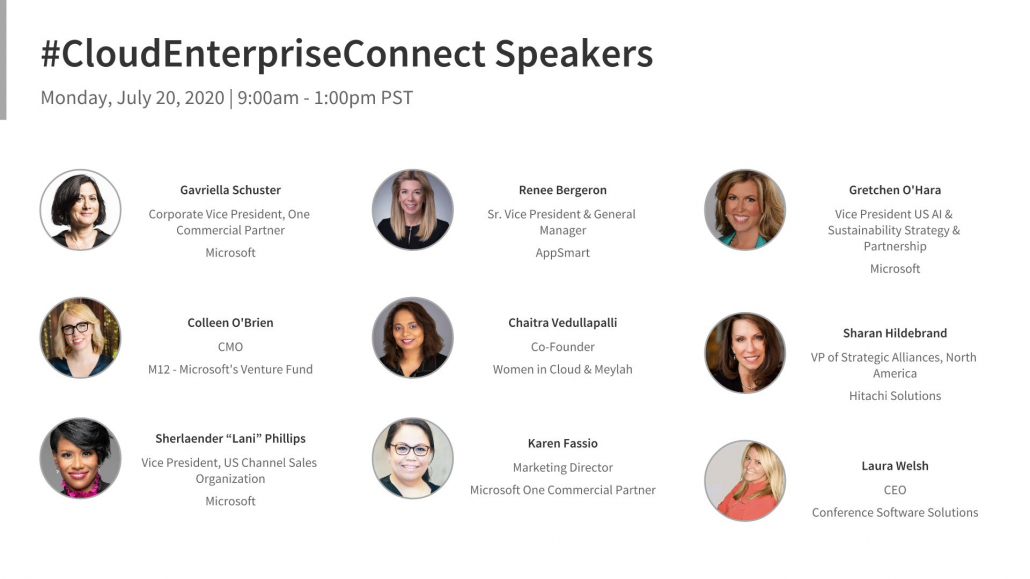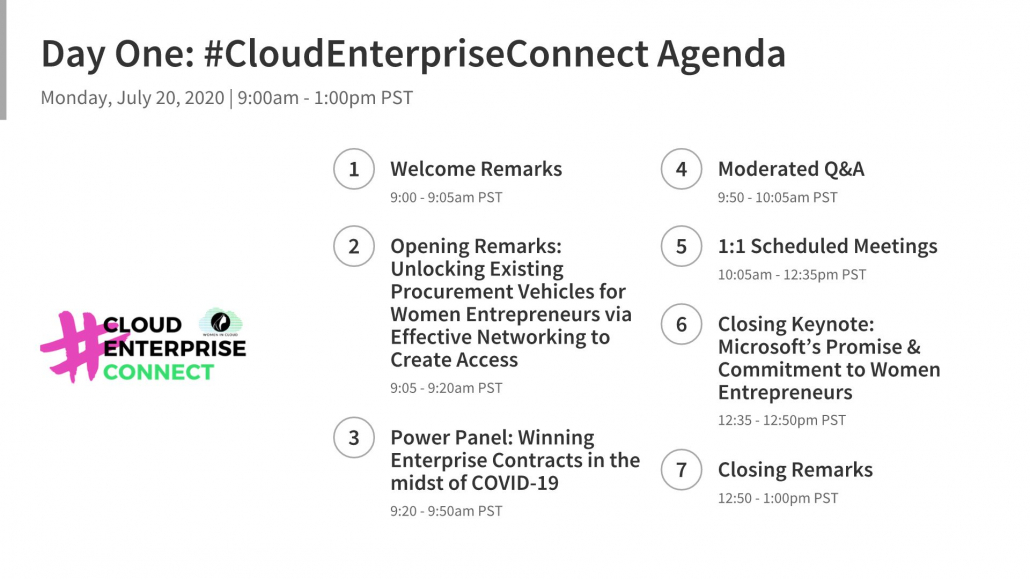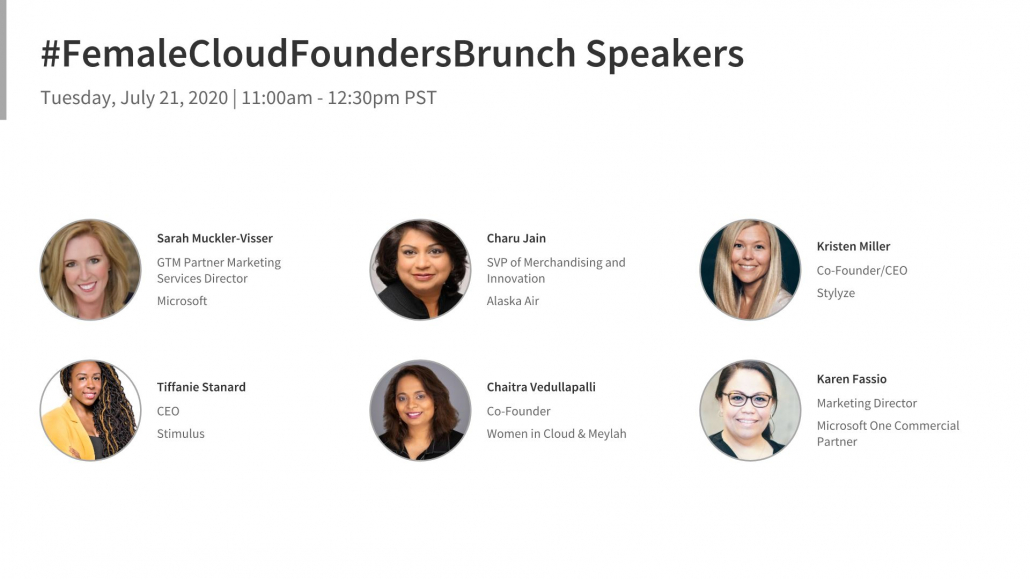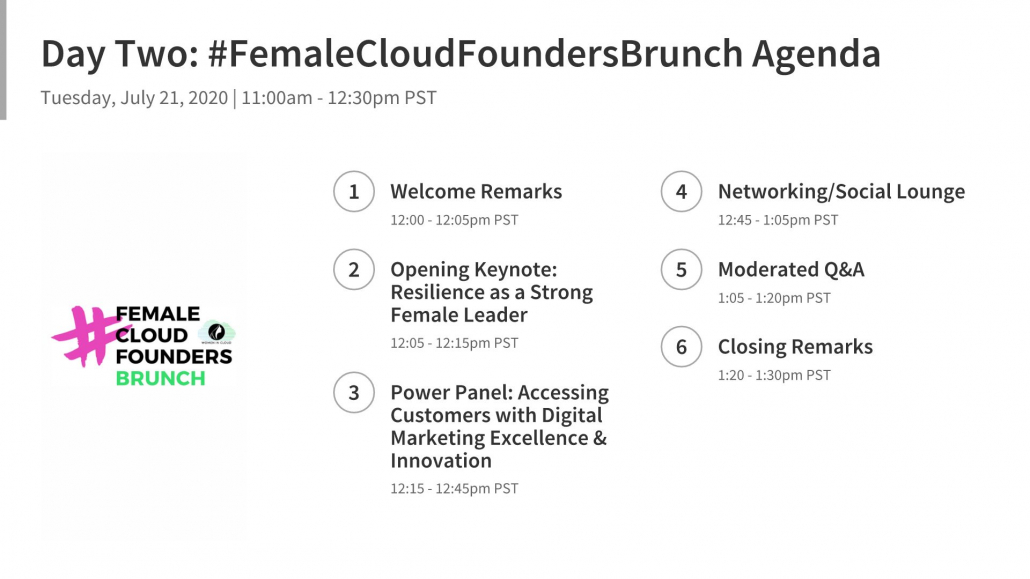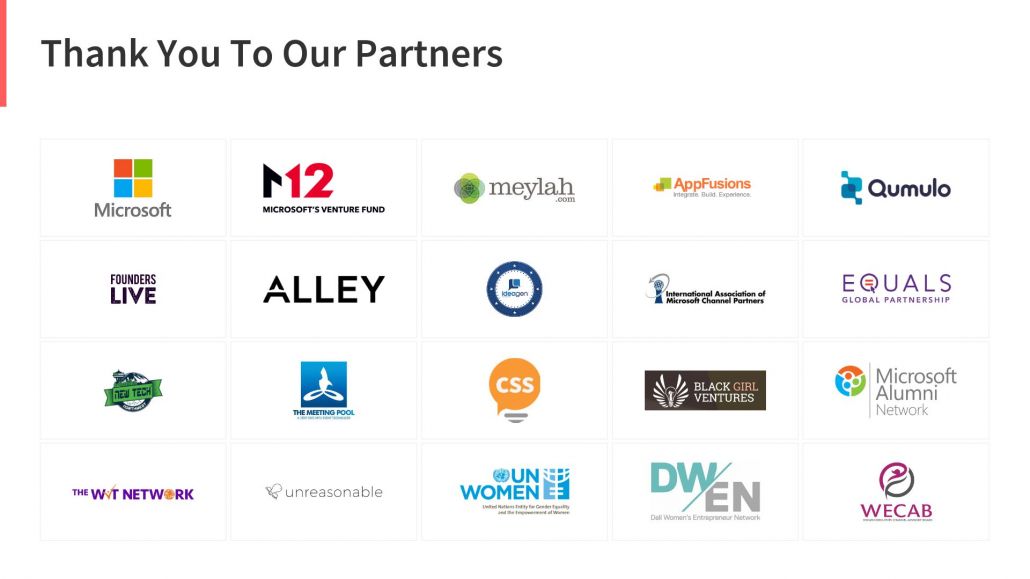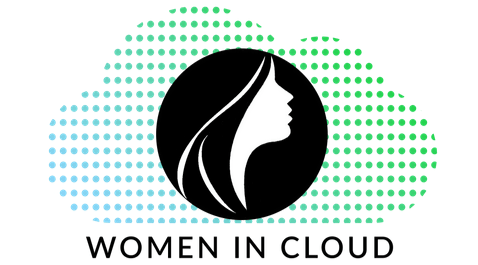When I was accepted into the WIC accelerator, we had already sold a million-dollar solution.
Once!
Our solution had high development costs and was customized for a single line of business within a Fortune 500 pharmaceutical company. I was lucky, I found a visionary who understood the goals of our system based on minimal functionality use cases from other clients. He “got it” verbally and made a case for it internally. That year, He spent a large portion of budget and I earned a “Top 25 women entrepreneurs in NJ” award for the system. A year in, the company sold off that line of business and my contact moved in a different direction. Despite quick adoption by a cross functional team, the new division head preferred spreadsheets and working harder, not smarter. We achieved sales sustaining the status quo for the next two years.
Things had to change, my partner and I made a significant decision for 2020: we would walk away from our current client base to re-imagine our system. We would start from the ground up and find a way to turn clinical data into action with a multi-tenant solution that streamlines drug development for all the pharma companies. Reframing the system in this way would allow us to impact more scientific innovations that improve patient outcomes. We had enough money set aside to spend some time thinking, an absolute luxury for a bootstrapped entrepreneur.
A few days into January, I sat at my computer and I started searching.. what do we do? who could help us? I stared into the empty darkness of the internet with zero answers or even so much as a direction, I honestly didn’t know where to start. By simple chance, I came across a TED talk by this woman Chaitra Vedullapalli. Who was this woman and is she real when she talks about collective action and access for women? Here I am a woman who had sold a million-dollar solution but didn’t know how to take the next step and not quite feeling like there was much help out there, especially in pharma. Chaitra’s TED talk led me to Women in Cloud, and I noticed the annual summit was two weeks later! I did research and simmered on it for a day. It wouldn’t stop poking at me…. I just knew- absolutely knew I had to go, despite the fact I am the scientific side of the business and my male partner leads the technology. I wasn’t sure what “right” I had going to a technology summit at the corporate headquarters of Microsoft. However, my partner was supportive. Lesson 1: Never ignore your intuition! When I was (much) younger in corporate, I was on a VP track and had a boss who didn’t promote me because “I do all the right things successfully, but I can’t always explain why I do them”. I joked with him that I had women’s intuition. He told me that doesn’t fly in business, and my comment confirmed his lack of promotion (oddly my male equivalent got that promotion). Today, I am a strong believer that intuition is usually right- follow it! It stimulated a million-dollar sale and brought me to my first Women in Cloud Summit.
Lesson 2: Maximize your opportunities! The week before the summit, I planned. I took the agenda posted from the WIC summit and put a personal calendar together that maximized the day. I planned on attending individual sessions from both the business and leadership tracks- because that is what my company and I personally needed! My partner provided mini-crash courses, so I wasn’t walking into any one session completely unaware. I also reviewed the speakers list and planned who I needed to meet.
Planning ahead for the WIC summit absolutely maximized what I got out of it! I tool an entire pad full of notes that day! Questions were answered, gaps were filled, and next generation tactics were developed for both my personal direction as a CEO and what we needed to do next for the product.
I positioned myself at tables with the people I most wanted to meet and walked away with new contacts. This was personal growth for me. I’m an introverted scientist at heart. Technology isn’t strong in my wheelhouse and meeting new people is not something that comes naturally. Despite the uphill battles being fought in my mind, I left this summit energized and excited for the business and my role in a way I haven’t been in years! I talked about it for days and let new plans form and churn in my brain.
But surely, this is one of those events that corporations support, get people excited and then back off into their own world. So, I tested my theory: I followed up on LinkedIn with new contacts and people who I heard speak at the summit. I started each note with “I heard you say XYZ at the summit and I learned XYZ.” Every – Single – Person – responded! Powerhouse women – Gavriella Schuster and Gretchen O’Hara from Microsoft, Patty Kuderer- WA State Senator and Gillian Musseig from Outlines Ventures to “name names” all replied with notes of encouragement. I was truly mystified; it is unrealistic to have such support from the industry I grew up in. Maybe this woman Chaitra is real, and this was not just a one-day of collective action. Maybe this group of women and their allies are truly different. Intuition poked at me again, but this time supported with experience-based evidence. I applied for – and was accepted into the Women in Cloud Accelerator Cohort 3.0!
On your mark, get set…. COVID! While all this momentum, excitement and planning was underway to start the WIC cohort 3.0, COVID-19 comes to America and hits the NYC and Seattle area hard! The opportunity for facetime with important, game-changing women was monumental then the news arrives that I will be part of the first digital cohort.
Lesson 3: Be Flexible and Reset the Course! While I was disappointed for the change to a digital accelerator, I certainly understood and agreed with the format given the state of the world. I’m still a scientist first, and after attending an international call of virologists around the world, I was thankful for the decision. We likely have more time to work within the accelerator and connect more frequently. When the contacts became weekly, this is when the value of the accelerator set in. Highlighting and solving problems as a team eventually became more natural. If we hadn’t been flexible, it is unlikely the accelerator would have even got off the ground by the summer. Resetting the course was an entirely different challenge. WIC itself had to take a live course and make it digital, which seemed like it hardly took any time, but I am sure it took much effort. Our business had to reset a course too. Our system focuses on emerging diseases, which are scientifically complicated, have a multitude of new therapies-in-development, and affect large patient populations with significant unmet medical needs. Before the accelerator, there were ten different diseases that qualified for this category and we were considering for our launch on Azure. However, we quickly reset the course to focus on COVID-19 as the first emerging disease within our solution, The Scientific Data Engine (SDE). To help with this pandemic, we need answers, therapies vaccines etc. Our system expedites development of these scientific innovations. We had to reset our course without doubt.
Lesson 4: Go Through the Steps of the Accelerator! As entrepreneurs, we are naturally geared to go-go-go and make it happen. Immediately, I followed my own lesson to be flexible and reset the course of our focus to be on COVID, so surely Microsoft will understand that our solution can help solve the problem and save lives during this awful pandemic…. Someone must want to talk to me, before the accelerator even starts-so let me reach out to some of those contacts I made earlier. Somewhat laughable now, but one of the earlier accelerator meetings Chaitra asked us not to reach out, that we are better collectively and if we try to do this alone, we will fail. Not only did this fail, which was at first frustrating, but I am now glad it failed- rephrased I had the opportunity to learn and fine-tune my business to be more enterprise ready. Had I “sprang” earlier, I really think my business would have been set on a backwards course. The remaining lessons in this blog are hopefully part of the fine-tuning that not only makes our company enterprise ready- but also forward facing and more importantly, “sticky!”
Lesson 5: Challenge Your Current Knowledge Base with A New Lens: I’ve had a vision for a while that patient care could be optimized if everyone in healthcare just worked together. Instead, we have these silos with individual agendas which works but never excels. For more than a while, I have wanted to find a way to make my vision come to life. One of the first exercises we had to accomplish in the accelerator was to develop our business model. Ok, easy-peasy, I have one already! But when I tried to fit it into the homework sheet, it wouldn’t fit! It was wrong- terribly wrong! I spent weeks on this. I played with a couple of key changes to make my vision come to life. I worked hard. Then it came, my “in the shower” moment (you know those times when you aren’t thinking about the problem but the answer just appears) except I was at the end of online yoga class meditating in Savasana (corpse pose) my mind was empty and there it was- the hidden revenue model that meets the needs and unifies the critical stakeholders responsible for developing, implementing and guiding patient treatment. If you told me that I was going to spend the first few weeks of the accelerator working on a business model, I likely wouldn’t have joined- you know, because I had one. But seeing how it didn’t fit into an enterprise ready model allowed me to challenge what I thought I knew with a new lens.
Lesson 5: Learn How to Properly Boil the Ocean: Some of these “lessons” are actually best practices I’ve used prior to WIC and hope they hold some value for others reading this. Boiling the ocean however is a blatant and hard lesson I am learning at WIC. I owe this phrase to my mentor Chaitra. The first time she said “stop trying to boil the ocean” to me, I hesitated but didn’t really think much about it. C’mon, she didn’t mean me- I can handle A LOT. The second time I heard Chaitra say it to another cohort member, I thought to myself “yeah she is trying to do too much at once, it won’t stick” BUT…..The third time it was said to me I stopped in my tracks and I got it. She wasn’t telling me I couldn’t handle it, she was politely telling me that I was trying to implement a 5-year business plan in 6 months, and it won’t stick like that. Yes, I can handle a lot, but moving my business forward isn’t about what I can do- it’s about how much the world can take. My solution plus this amazing business model inspired during the accelerator requires changing the status quo and shaking up the way “things are done” in healthcare. Change often brings resistance and it will simple take time for it to be “sticky”- even if the solution is obviously needed right now! No change of this magnitude happened overnight. I need to break down my solution into manageable pots of water that together comprise the entire ocean and serve it over time in manageable components that foster real change. If I don’t, my solution will never work… or it will work but it won’t stick (which is what I now believe happened a few years ago)! Being sticky is like boiling the ocean, it is impossible, but boiling the water one pot at a time is the way lifechanging solutions come to life. I’m halfway thru the accelerator at this point in time…this is the biggest lesson I’ve learned and the biggest challenge I am working to address!
To be continued………….
About the Author – Donna Conroy
Donna founded SciMar ONE in 2003 with the objective of translating complicated Science to the healthcare Market. Under her leadership throughout the years, multiple challenged pharmaceutical products were transformed into viable and profitable therapies in competitive markets. Donna’s long-term vision is to replace patient & caregiver fears and confusion with improved industry wide education for informed healthcare decision-making. Today, SciMar strives to disrupt the healthcare industry by unifying stakeholders thru a platform that standardizes medical knowledge with AI supporting this critical transformation in the patient experience. Donna believes that travel brings empathy and understanding to everyday life and enjoys trips with her husband and four children. Personal enjoyment is found in daily yoga, stand-up paddleboarding, skiing, and food and wine (science experiments one can eat)!

